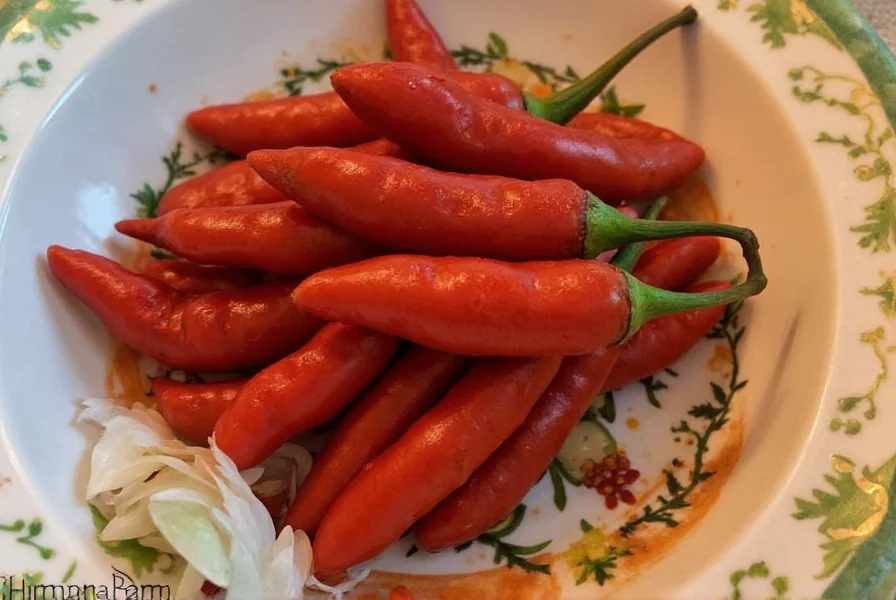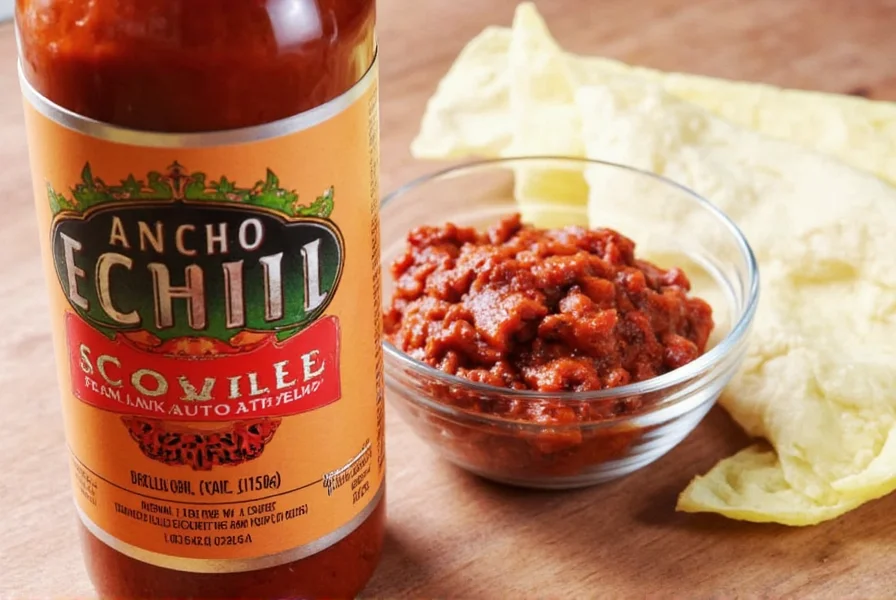Ancho Chili Scoville: The Sweet, Smoky Heat That Won’t Burn Your Tongue Off!
Table of Contents
- What Is the Ancho Chili Pepper?
- Understanding the Ancho Chili Scoville Scale
- How Hot Is Too Hot? A Comparative Breakdown
- Top 5 Uses for Ancho Chilies in Everyday Cooking
- Buying Guide: How to Choose the Best Ancho Chilies
- Easy Recipes Featuring Ancho Chili Peppers
- Frequently Asked Questions (FAQ)
- Conclusion: Why You Should Be Using Ancho Chilies
What Is the Ancho Chili Pepper?
The ancho chili is the dried form of the poblano pepper — a staple in Mexican cuisine that brings more than just heat to your plate. Known for its deep reddish-brown color and wrinkled texture, the ancho chili adds rich flavor with mild spice, making it perfect for everything from mole sauces to slow-cooked stews.

But what exactly makes the ancho so special? Let’s dive into one of the most talked-about aspects of chili peppers: the Scoville scale.
Understanding the Ancho Chili Scoville Scale
If you’ve ever wondered how spicy a chili pepper is, you’ve probably heard the term "Scoville." Named after pharmacist Wilbur Scoville, the Scoville scale measures the concentration of capsaicin, the compound responsible for the heat we feel when eating chilies.
Ancho chili peppers clock in between 1,000 to 2,000 Scoville Heat Units (SHU), placing them firmly in the realm of “mild to medium” heat. To put that into perspective, jalapeños range from 2,500 to 8,000 SHU — meaning anchos are often less spicy than their green cousin.
How Hot Is Too Hot? A Comparative Breakdown
| Pepper Type | Scoville Heat Units (SHU) | Heat Level |
|---|---|---|
| Ancho Chili | 1,000 – 2,000 | Mild |
| Jalapeño | 2,500 – 8,000 | Mild to Medium |
| Serrano Pepper | 10,000 – 23,000 | Medium |
| Hatch Green Chile | 1,000 – 8,000 | Mild to Medium |
| Cayenne Pepper | 30,000 – 50,000 | Hot |
| Habanero | 100,000 – 350,000 | Very Hot |
| Ghost Pepper | Over 1,000,000 | Super-Hot |
This comparison shows that anchos sit comfortably at the low end of the scale — perfect for those who want flavor without face-melting fire. So, if you're looking to impress someone new to chilies or tone down a fiery dish, reach for the anchos.
Top 5 Uses for Ancho Chilies in Everyday Cooking
- Mole Sauce: The backbone of traditional mole negro, anchos bring earthy depth and gentle heat.
- Chili Powders & Blends: Ground anchos make a fantastic base for homemade chili powder.
- Stews & Braises: Add rehydrated anchos to beef or pork stews for a complex flavor profile.
- Soups: From posole to chicken tortilla soup, anchos add smokiness and richness.
- Marinades: Blend soaked anchos with garlic, cumin, and citrus for a killer meat marinade.
Buying Guide: How to Choose the Best Ancho Chilies
When shopping for ancho chilies, look for the following characteristics to ensure top quality:
- Appearance: Choose plump, dark red to blackish pods with no signs of mold or cracks.
- Texture: They should be slightly soft but not brittle — too dry and they’ll be hard to rehydrate properly.
- Aroma: A rich, smoky scent is a sign of good oil content and freshness.
- Packaging: If buying pre-packaged, check the expiration date. For bulk bins, ensure they’re stored in a cool, dry place.
- Origin: Mexican-grown anchos are often considered superior in flavor, but U.S. or California-grown varieties are also reliable.
Pro Tip: Store dried anchos in an airtight container in a cool, dark place for up to a year. For longer shelf life, keep them in the freezer.
Easy Recipes Featuring Ancho Chili Peppers
Ready to put those anchos to work? Here are three beginner-friendly recipes to get started:
- Ancho Chili-Infused Chicken Tacos
Soak two anchos in hot water until soft. Blend with garlic, cumin, vinegar, and olive oil. Marinate chicken breasts overnight and grill or pan-sear. Serve warm with cilantro and lime. - Homemade Ancho Tortilla Soup
Toast whole anchos lightly in a dry pan. Add to broth with tomatoes, onion, and spices. Simmer and blend. Top with crispy tortilla strips and avocado. - Smoky Ancho Chocolate Brownies
Blend a small piece of ancho into your brownie batter with cocoa powder. Adds a subtle kick and depth of flavor that pairs beautifully with chocolate.
Frequently Asked Questions (FAQ)
Can I use fresh poblanos instead of anchos?
You can, but keep in mind that fresh poblanos have a grassier flavor and are milder when raw. To mimic ancho flavor, roast or dry them yourself.
Are anchos spicy-hot or just flavorful?
Anchos lean more toward flavorful than spicy. Their mild heat makes them ideal for adding complexity without overwhelming heat.
How do I rehydrate ancho chilies?
- Rinse the chilies to remove dust.
- Remove stems and seeds if desired (for less heat).
- Soak in hot water or broth for about 20–30 minutes until soft.
- Drain and use as needed.
Can I eat anchos raw?
While technically edible raw, anchos are best used after rehydration or roasting to unlock their full flavor potential.
Conclusion: Why You Should Be Using Ancho Chilies
With its sweet, smoky flavor and mild heat, the ancho chili pepper stands out as one of the most versatile ingredients in any kitchen. Whether you're a home cook experimenting with Mexican flavors or a professional chef crafting signature dishes, anchos offer a unique blend of depth and warmth without the burn.

Remember: the ancho chili Scoville level makes it accessible to all palates while still contributing serious flavor. So next time you're reaching for the hotter stuff, give anchos a chance — they might just become your secret ingredient!










 浙公网安备
33010002000092号
浙公网安备
33010002000092号 浙B2-20120091-4
浙B2-20120091-4